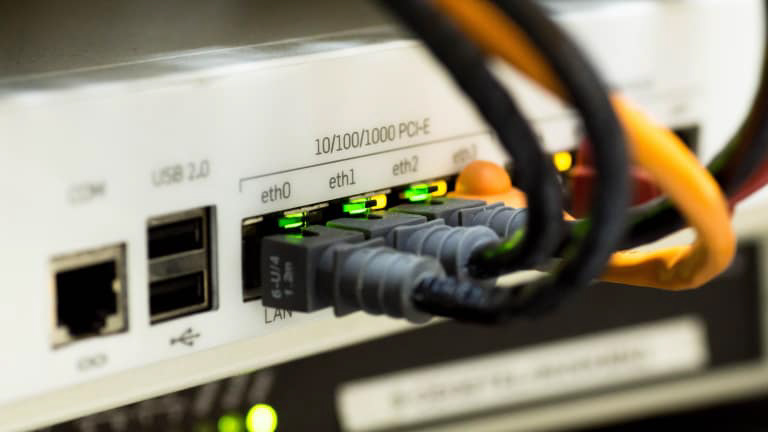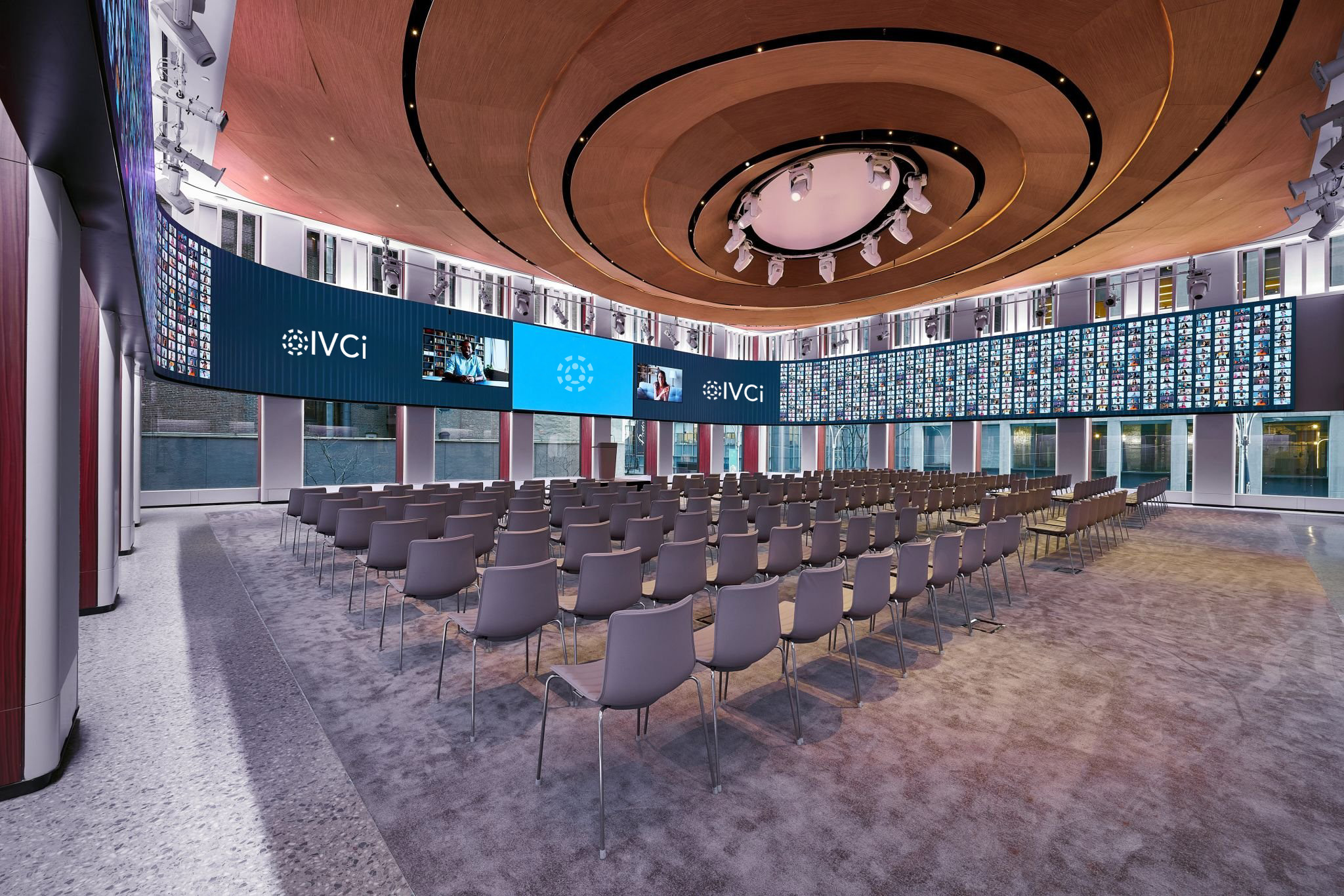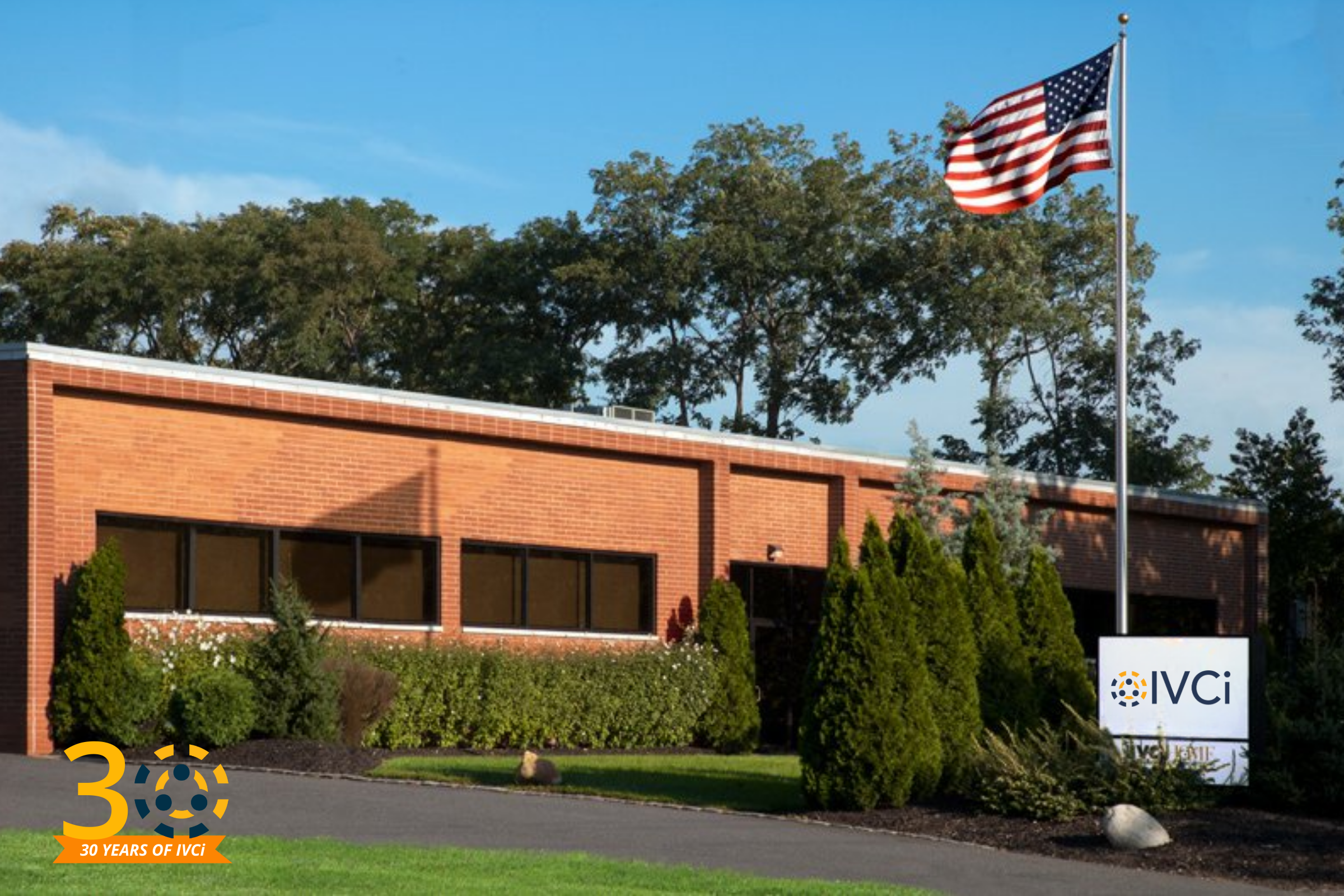It’s hard to believe that it’s almost been a decade since we began our journey through what is now commonly referred to as the “Analog Sunset” or “Digital Sunrise”. What made that period so fun and challenging is that it was one of the first major technology shifts we experienced as an industry in a long time. Now that we’ve recovered from that sunset (to a degree), we must ask ourselves, “Are we at the doorstep of a new “Sunrise” with networked AV or AVoIP”? Let’s take the question one step further. Do we have to rip out our existing copper, twisted pair and fiber and replace it with networked video solutions?
Let’s begin with AVoIP. Networked AV solutions are everywhere, and the benefits are substantial. These solutions offer increased afford-ability, flexibility, and the ability to utilize an existing infrastructure; these are all great reasons for AVoIP adoption. Leveraging networked AV can also help you move away from using matrix switchers in favor of standard IP routers. These benefits make Networked AV ideal for applications such as standard AV routing, digital signage, distributed video over multi-building settings, and overflow rooms in enterprise and educational settings.
Are There Any Drawbacks In Transitioning to Networked AV?
Networked AV is the way of the future, but there are a few things that must be considered, the biggest being your existing network. AVoIP solutions are only as effective as the system they are on; you need to begin with at least a 1GB network, but you also need to understand the infrastructure’s bandwidth specifications. There must be a clear understanding of the amount of video integrating with the normal traffic on the network, such as e-mail and web-browsing. A basic standard is to have your bandwidth be about 25MBs or lower. We are finally at the million-dollar question. Does that mean we are back to using only copper/fiber solutions? We believe the answer is in the middle. Enterprises and schools should be open to hybrid solutions that integrate AVoIP with HDBaseT/HDMI standards to get the most flexibility and the most affordable options. While networked AV solutions are more affordable than standard switchers and TX/RX combos, building a dedicated network to handle the bandwidth to meet your AV/VC demands is a capital expense that will erode the initial savings you were planning on.
The Frontlines of AVoIP
Crestron is one of the leaders in the field of hybrid systems that distribute AV on a single platform. This begins with their DigitalMedia (DM) Platform that has been setting the standard on digital signal management for the past decade. They have been at the forefront of AVoIP solutions from the beginning, intuitively evolving DM to include networked AV solutions. This is showcased within their DM NVX line of encoders and decoders.
Crestron indicates that their networked AV solutions are not “new”, but rather a result of “everything they’ve learned” from DM using network infrastructure. As a technology integrator, we pride ourselves on building and supporting larger collaboration strategies, so we agree with the message. We’ve seen many of our customers who have come to depend on Crestron’s DM platform, integrate their NVX line for refreshes and new builds. The result for them and IVCi is a reliable platform that integrates the two technologies seamlessly.
What The Future Holds
We began with the idea that we’re at the doorstep of a new sunrise. While this may be true at the highest level, it’s clear that the sunset we’re witnessing will be much less painful than the analog sunset we all remember. As enterprises continue to evolve their network infrastructures to support more data (including video), the technologies that will go on that network are being built to evolve with them. Crestron’s DM is a great example of that and our industry has learned from the past.
While the sunset on copper & fiber is not here today nor will it be tomorrow, we can say for certain that we can recommend, install, and support hybrid systems that use AVoIP twisted pair and fiber on a single network.
We invite you to contact our dedicated AVoIP subject matter experts today to learn more about our hybrid AVoIP and copper/twisted pair/fiber solutions that are built on a single platform.





